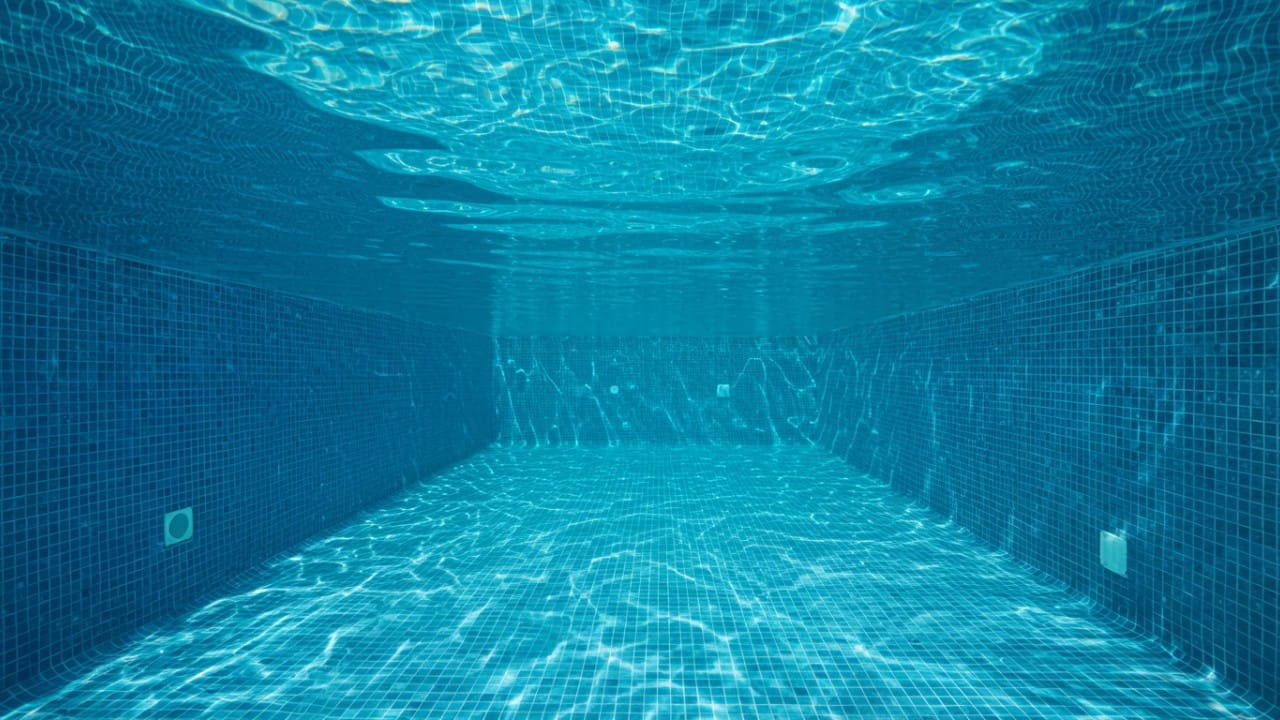What is TDS in Pool Water? The Essential Guide to Total Dissolved Solids

Did you ever look at your pool and think, The water looks funny? It doesn’t shine or look clear. You clean it and check the water, but it still looks a little weird.
That “something” might be TDS. It stands for Total Dissolved Solids, but don’t let the fancy name fool you. It’s basically all the invisible stuff that builds up in your pool water over time—minerals, salts, swimmer residue, and all kinds of little extras that don’t go away on their own. When TDS climbs too high, your water can lose its sparkle and even start eating away at your pool equipment.
This guide shows what TDS is in pool water, how it can hurt your pool, and how to fix it with fresh water.
What is TDS?
TDS is all the stuff dissolved in your pool, like minerals, salts, and tiny bits of dirt. It is measured in ppm. The higher the number, the more “stuff” floating invisibly in your pool.
It’s different from dirt or cloudy water. These are ions and molecules you can’t see. The main things that make up TDS are calcium, magnesium, sodium, and chloride. Swimmers also bring in oils, lotions, and other tiny organics that dissolve right in.
TDS is usually checked using an electrical conductivity meter. Since dissolved solids carry an electric charge, higher conductivity means higher TDS. Most meters multiply the reading by about 0.65 or 0.7 to give you a ppm value.
TDS vs. TSS
People often mix up TDS and TSS. They sound alike, but they’re not. TSS means suspended solids, tiny bits of dirt or debris floating around. Those can be filtered out. TDS, on the other hand, is completely dissolved. You can’t filter it out because it’s at the molecular level.
TSS makes water cloudy. TDS doesn’t do that, but when levels go up too high, light doesn’t travel right through the water. That’s why it starts looking “flat” or “lifeless.” Not dirty, just... off.
The Causes of TDS Accumulation in Your Pool
Even with the best maintenance, the total dissolved solids rise over time. It’s normal. Still, knowing what causes it helps slow it down.
- Source Water: The water you put in the pool already has minerals and salts.
- Chemicals: Every chemical, like chlorine or pH stuff, adds more TDS.
- Swimmers: Sweat, oils, sunscreen, and makeup add TDS too. More swimmers make it go up faster.
- Evaporation: When water evaporates, only the water leaves. The solids stay behind and keep building up, leading to a high tds in pool.
It’s like a cycle: Chemicals + Swimmers → Evaporation → Concentration → High TDS.
Why High TDS is a Serious Problem
A little TDS is fine. Too much, and you start seeing real trouble.
Corrosion
When TDS gets high, the water becomes more conductive. That means metal parts in contact with the water, ladders, lights, and heaters start corroding faster. In saltwater pools, which already have high TDS, the risk is even greater.
Chemical Problems
When TDS is high, chlorine doesn’t clean well. Some parts of TDS, like nitrates, use up chlorine fast.
Water Looks and Feels
High TDS can make water cloudy or dull. It may taste salty or metallic and hurt the eyes or skin.
Scale and Stains
Too much calcium or metal can make white marks. Iron or copper can make brown or green stains.
TDS and LSI
TDS is part of a test called LSI. It shows if water can hurt metal or make scale. It checks pH, calcium, and other things.
The LSI score tells you:
Negative value → corrosive water
Positive value → scaling water
Near zero → balanced water
TDS appears in the LSI formula as a correction factor (TDSf). As TDS goes up, the factor becomes more negative, pulling your LSI lower and making your water more corrosive.
LSI TDS Correction Factors (ANSI/APSP Reference)
| TDS Range (ppm) | TDS Correction Factor (TDS) |
|---|---|
| < 800 | -12.1 |
| 800–1,500 | -12.2 |
| 1,500–2,900 | -12.3 |
| 2,900–5,500 | -12.4 |
| > 5,000 | -12.5 |
Salt pools have high TDS because of the salt. They need extra care with pH and calcium to stay balanced.
The Only Way to Lower Pool TDS
Here’s the hard truth: you can’t filter TDS out. No clarifier, no shock, no flocculant will fix it. Since these solids are dissolved, the only real fix is dilution, replacing part of your water with fresh water.
Pool pros usually say it’s time to do this when your TDS is about 1,500 ppm higher than when the pool was first filled. That’s when the water is considered “old.”
How to slow it down:
- Put a cover on your pool so less water dries up.
- Ask people to shower before getting in the pool.
- Only use the chemicals you need, especially ones with lots of salt.
- These small steps won’t stop TDS completely, but they’ll slow the rise.
Conclusion
TDS might sound technical, but it’s really just a way to measure how “aged” your pool water is. High TDS affects how your chlorine works, how your water looks, and even how your metal parts hold up. For salt pools, it’s part of the game, but that’s why balancing your LSI is so important.
Get a good TDS tester and check the water. Change some water when needed.
Using an Aiper pool cleaner keeps the pool cleaner and slows TDS from building up. Test your TDS, check your LSI, and keep your pool clear, balanced, and corrosion-free.



